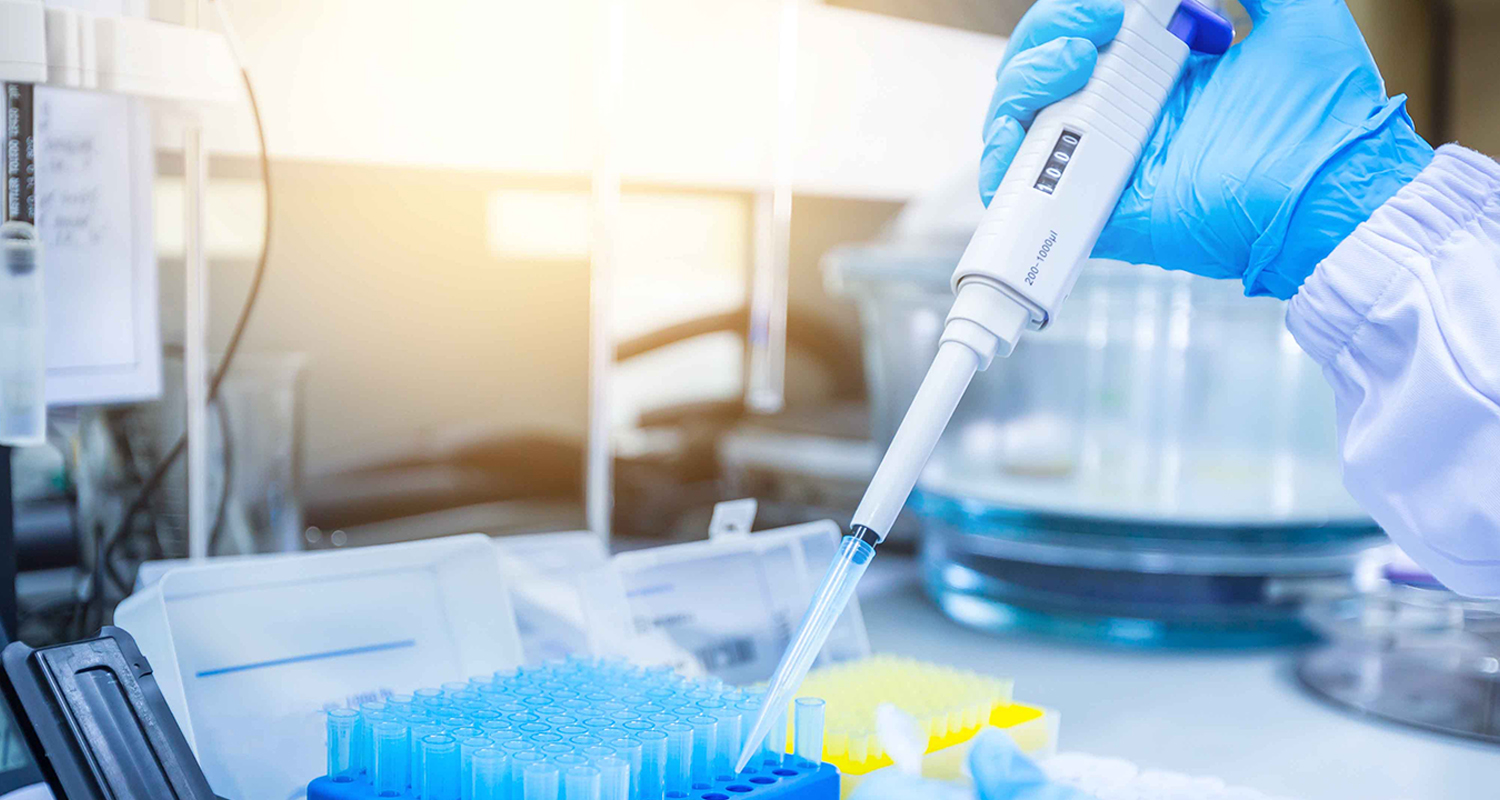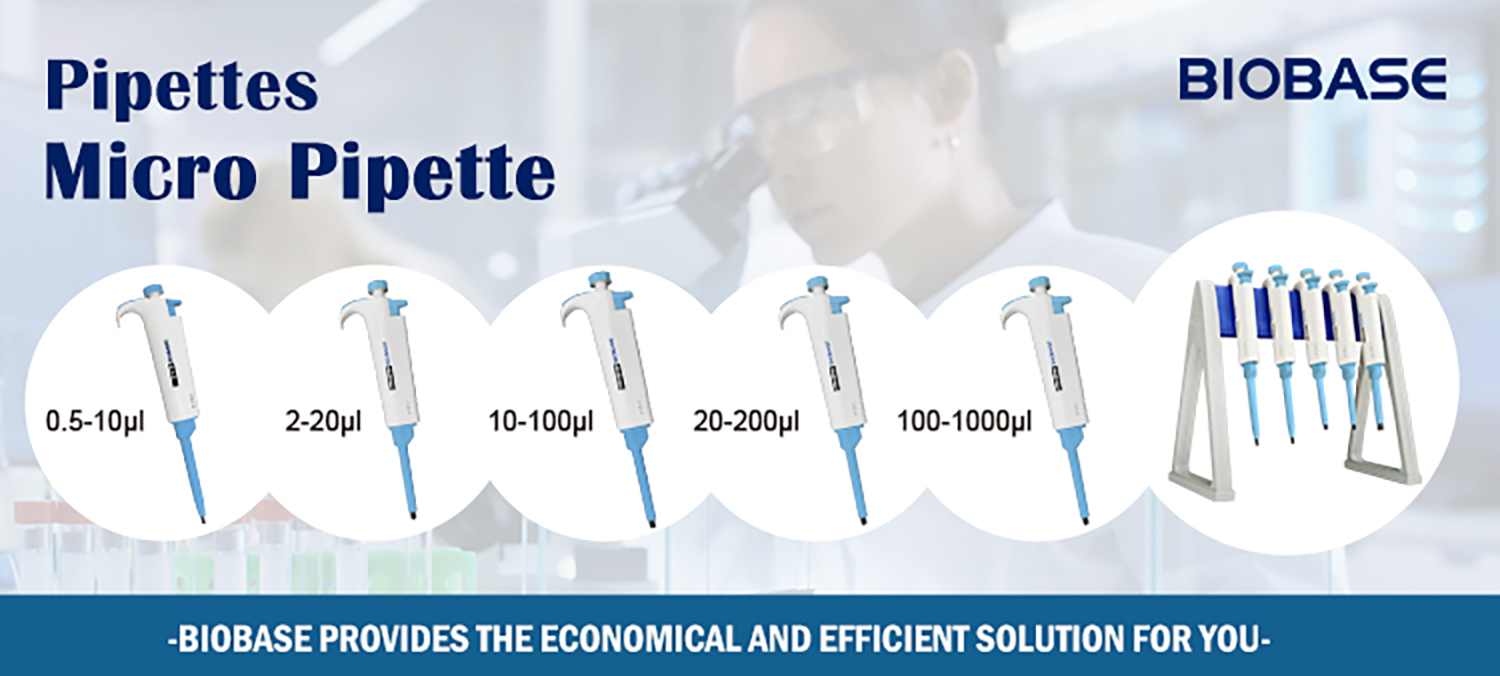Technical comparison of air pipetting and positive displacement pipetting
Pipetting is a staple of any chemistry or life sciences lab and can range from manual, single-channel pipetting to fully-automated, multi-channel robotic liquid handling. While there are dozens of different liquid handling techniques used for a wide range of applications, and many more instrument options available on the market, two of the most common basic principles for transferring small volumes of liquid are air displacement and positive displacement pipetting.

Each method has its own advantages and disadvantages that should be considered when investing in a new instrument or device; it is important to know the benefits and drawbacks of both approaches when considering solutions for your laboratory’s liquid handling needs.
Principle of Air Displacement Pipetting
In an air displacement pipette, also known as an air cushion pipette, the piston is first moved downward to release a specific volume of air depending on volume setting of the instrument. When the piston rises again, a partial vacuum is created and the same volume of liquid is aspirated into the pipette. A cushion of air separates the piston from the liquid, so the two never come in direct contact. To dispense the liquid, the piston descends again, and the air pushes the liquid out of the pipette tip. Often, the piston is further descended to a final stop position in order to “blow out” or “purge” any residual liquid from the tip.
Principle of Positive Displacement Pipetting
Positive displacement pipetting relies on direct contact between the piston and the liquid being transferred. When the piston rises a specific distance, based on the volume setting, the liquid fills the exact volume of the capillary tip between the piston head and the end of the tip, with no air in between. Typically, special disposable tips are used in which the piston is included within the tip to avoid contamination of the instrument. When the liquid is dispensed, the tight-fitting piston displaces all of the liquid, and there is no need for a blow out step.
When to Use Air Displacement vs. Positive Displacement Pipettes
Air displacement pipettes offer highly accurate performance for many routine liquid handling applications; they are best used for handling aqueous solutions and other non-viscous liquids under ambient conditions. The tips used for air displacement are relatively inexpensive and easier to change compared to the specialized capillary piston tips used for positive displacement. Therefore, air displacement is both time- and cost-effective for applications not involving “difficult” liquids.
Pipettes that rely on the displacement of air for precise liquid aspiration and dispensing can run into problems under a few different scenarios. For one, the temperature of the liquid can impact the volume of the air cushion, and thus lead to the aspiration of inaccurate amounts of liquid. When the liquid is colder than ambient temperature, the air cushion can shrink, leading to unintentional over-delivery of the solution; inversely, liquids that are hotter than ambient temperature can expand the air cushion, and result in under-delivery. Positive displacement-based pipettes can offer more accurate pipetting for samples that require freezing temperatures, such as restriction enzymes, or those handled at higher temperatures, such as mammalian cell cultures or polymerase chain reaction (PCR) solutions.1
Another scenario for which positive displacement pipettes are well-suited is the handling of highly viscous liquids. Viscous liquids such as glycerol, fats, oils, resins and protein solutions may tend to stick to the pipette tip and not be fully dispensed; these liquids can also form air bubbles when aspirated too quickly in an air cushion pipette, resulting in under-delivery.2 With direct contact between the piston and solution, viscous solutions can be drawn up in accurate volumes and the full volume is completely displaced by the piston sliding against the walls of the capillary cylinder.
Volatile liquids such as acetone and methanol can be difficult to pipette using air displacement methods due to evaporation and leakage.3 Evaporation into the air cushion is problematic not only due to imprecision in the liquid volume dispensed, but also due to contamination of the pipetting device, especially when corrosive or hazardous solutions are involved. Positive displacement pipettes reduce the problem of evaporation and leakage, and prevent contamination or damage to the pipetting device due to the use of a sealed, disposable piston.

Displacement Methods in Robotic Liquid Handling
Automated liquid handling offers many benefits over manual pipetting, not the least of which are increased throughput, greater precision and reduced hand strain and monotony for laboratory staff. Considering the displacement method(s) used by robotic liquid handling systems can aid in decision-making when investing in one of these workhorse instruments. Air displacement is commonly used in these machines, as automation helps relieve some pitfalls of this method through increased consistency of pipetting speed/technique and pressure monitoring abilities to ensure that accurate volumes of liquid are being aspirated and dispensed. The use of easily changed, disposable tips for air displacement methods also keeps automated operations efficient and contamination-free.
However, automated systems that use air displacement can also face the same issues as traditional pipettes when working with “difficult” liquids of differing temperature, viscosity and volatility. While less widely available and with higher consumable costs, liquid handling robots that support positive displacement can be a worthy investment for labs that frequently handle tricky sample types such as viscous PCR master mixes or protein solutions.
A third option is that of liquid displacement, which is a method that uses system liquid, controlled by a solenoid valve, in place of an air cushion to draw and dispense accurate volumes of sample liquid.4 Liquid is less compressible than air, which leads to less errors, especially when dispensing very small volumes, and this method can also be used with fixed tips rather than disposable tips, which saves consumable costs. System liquid can be used to wash the fixed tips and flush out contaminants, although disposable tips are still an option to further prevent contamination. One concern with liquid displacement is mixture of the working liquid with the sample liquid, but this can be limited by separating the two fluids with a small bubble of air or an immiscible liquid. Some instruments offer the ability to switch between displacement methods using different modules or interchangeable pipetting heads, offering maximum flexibility to tailor the system to specific applications.
